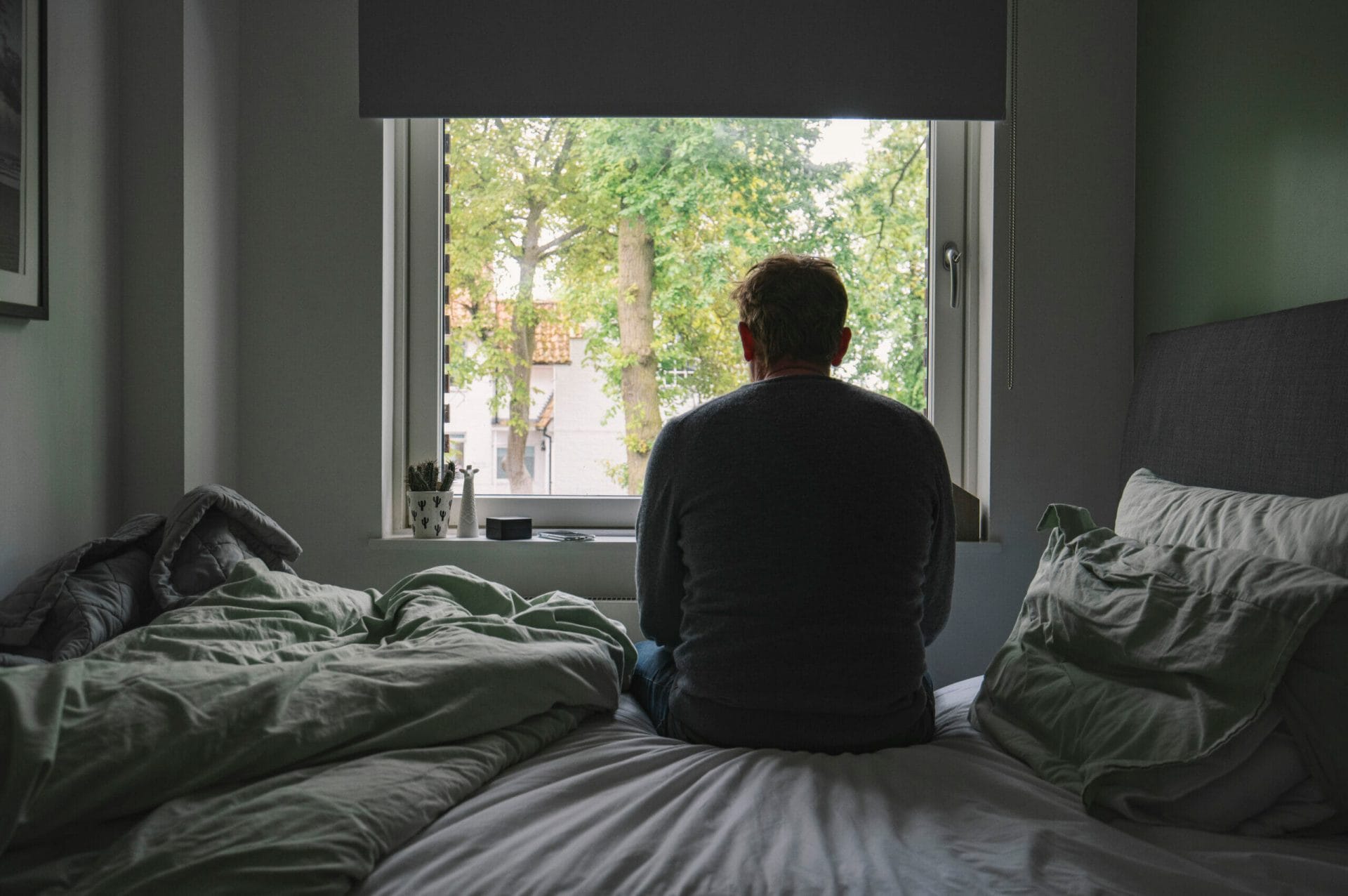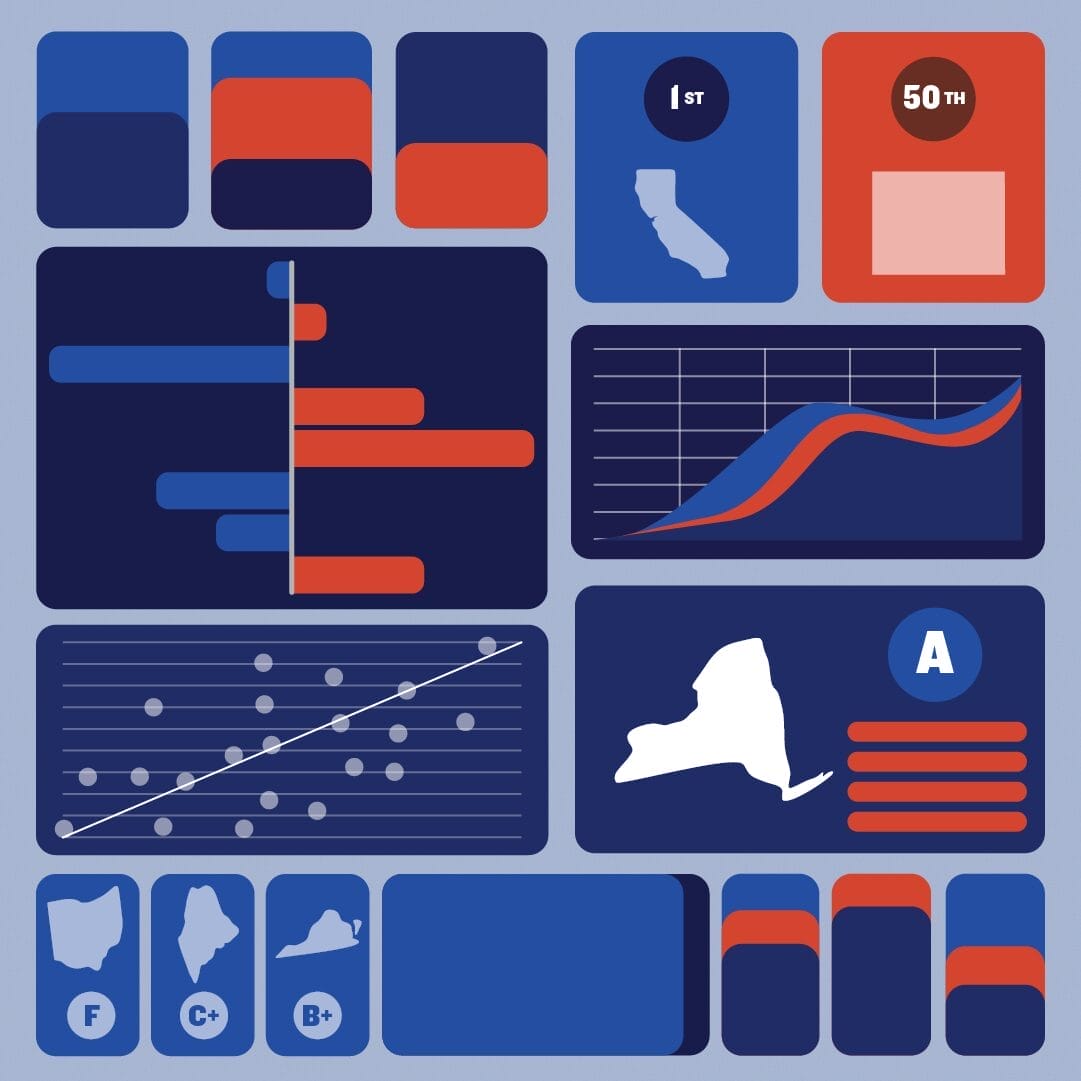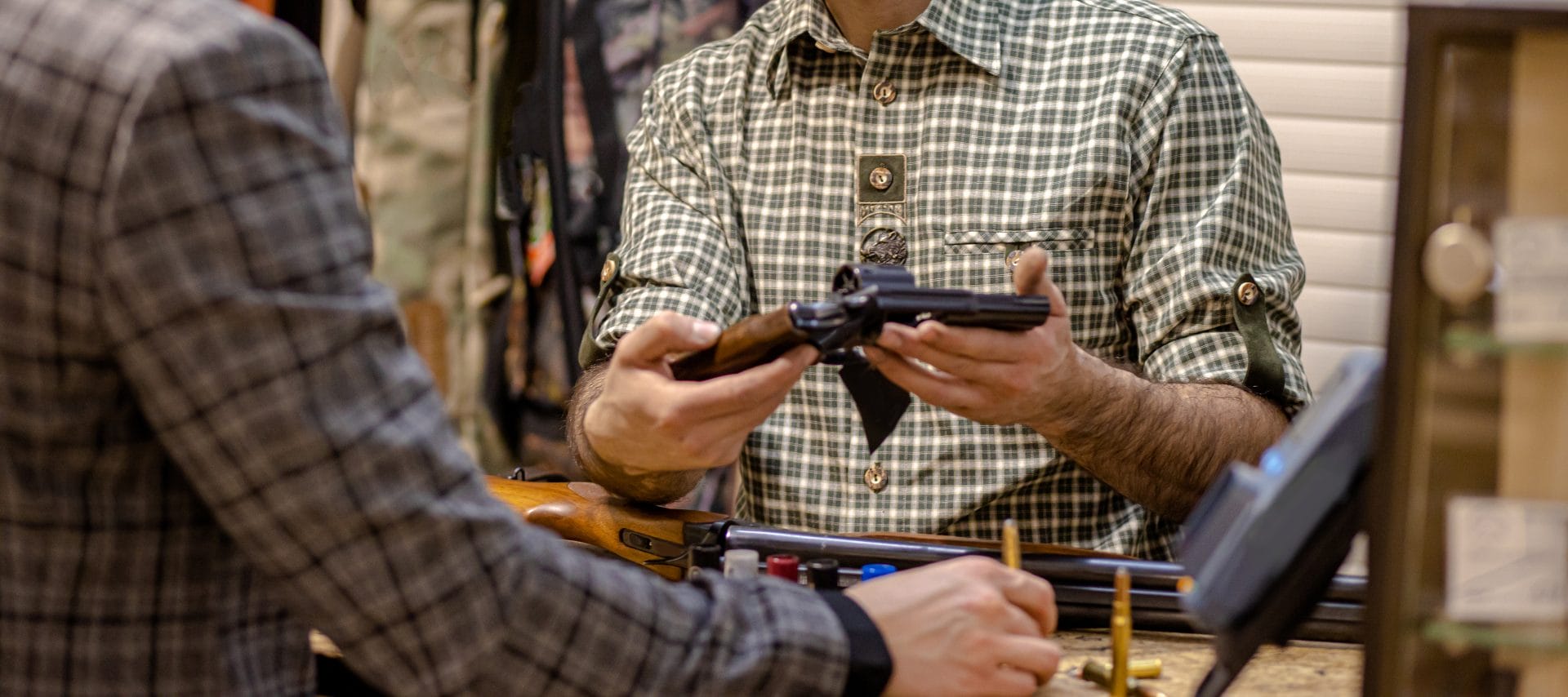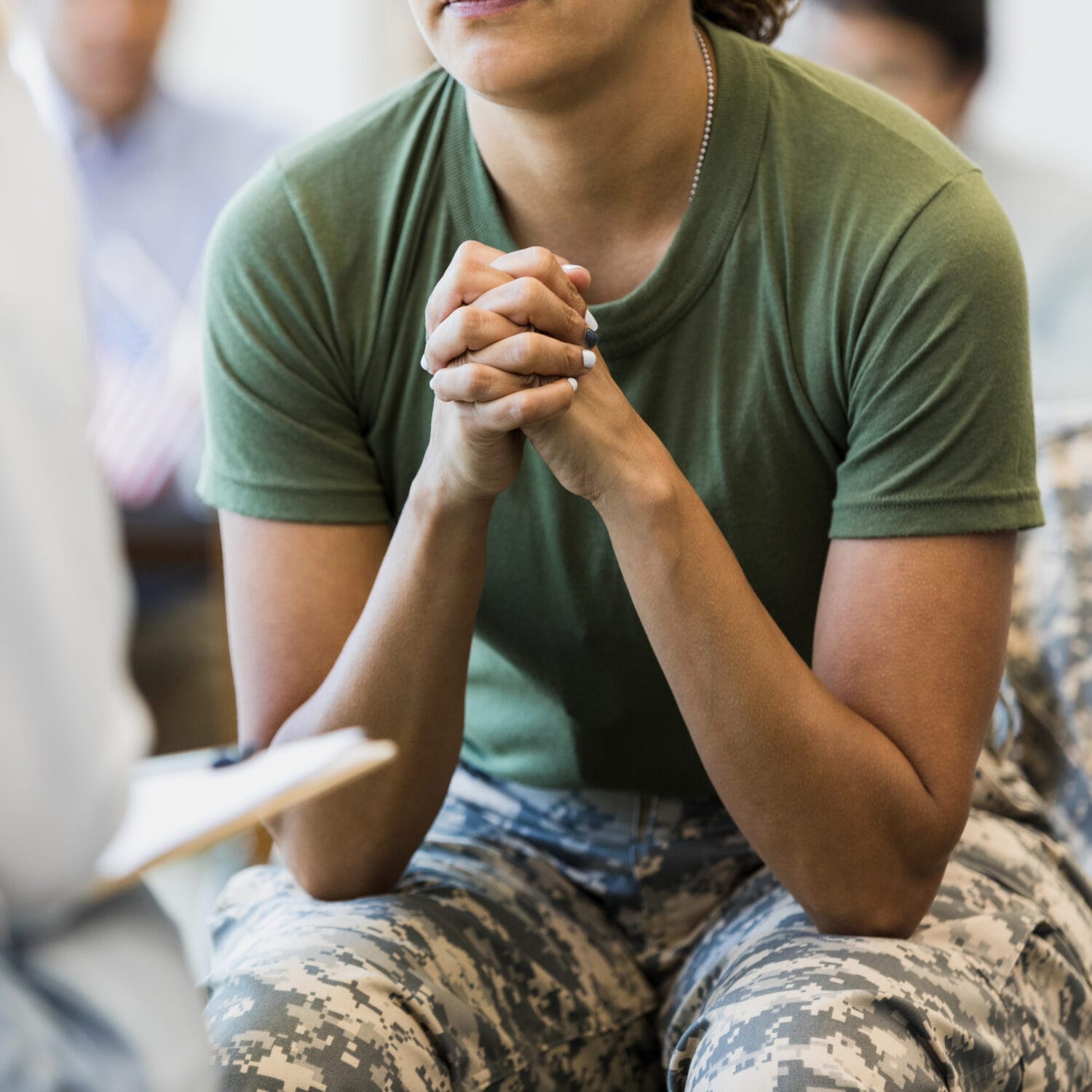
Suicide: The Untold Story of American Gun Violence
September is Suicide Prevention Month.
It’s impossible to talk about suicide and suicide risk in America without talking about firearm suicide, which takes an average of 67 lives every day. Three in five gun deaths in the US are self-inflicted.
The intersection of mental health and gun violence can be a tricky topic, in large part because the conversation is often dominated by right-wing politicians and the gun lobby, who seek to steer conversations about gun violence toward mental illness and away from guns.
But the fact is that most gun violence is actually not committed by people living with mental illness—in fact, people living with mental illness are actually more likely to be victims of gun violence than perpetrators.
The evidence shows that when it comes to suicide, gun access can mean the difference between life and death. People who survive a suicide attempt generally don’t attempt to take their life again. Because guns are so much more lethal than other common means of suicide, people who attempt suicide with guns often aren’t given a second chance.
You are not alone. If you or a loved one are contemplating suicide, please contact the free and confidential 988 Suicide & Crisis Lifeline by dialing or texting 988, or access help through its website at 988lifeline.org.
Drew Robinson is a former major league baseball player who now serves as the San Francisco Giants’s “traveling mental health advocate.” Early in the pandemic, Drew purchased a handgun to take his own life and shot himself in the head in his Las Vegas home.
Drew embarked on a long process of recovery that involved facial reconstruction and a stay in a psychiatric hospital. Though he ended up losing his right eye, Drew was motivated by his dream of playing baseball again. He managed to return to the minor leagues, where he hit three home runs.
Drew’s story was tragically not an outlier—a study found that 25% of people who purchased firearms during the pandemic had recently experienced suicidal ideation. The risks are very real: 2.5 million people bought guns for the first time in the first four months of 2020, with millions more in the subsequent months and years, and suicide is three times more likely in gun-owning households.
MEDIA REQUESTS
Our experts can speak to the full spectrum of gun violence prevention issues. Have a question? Email us at media@giffords.org.
Contact
Historically, firearm suicide has disproportionately affected white men. But the gun suicide rate for young Black Americans is increasing at an alarming pace, with the gun suicide rate for Black teens recently surpassing the rate for white teens for the first time. Black children ages 5 to 12 are also twice as likely to die from suicide as white children.
Our Country’s Veteran Suicide Crisis
—May 09, 2025
In order to address this worsening epidemic, it’s critical that we acknowledge the unique challenges that Black children and teens face, from systemic racism to community violence. Black children and teens are also likely to experience inequities in the medical system if they do seek medical help, and they may struggle to find a therapist who identifies with their experience, as only four percent of therapists in the US are Black.
“Unless we’re addressing all forms of violence and how that traumatizes Black youth… we’ll probably continue to see an uptick,” Joseph Richardson, a professor of African American studies at the University of Maryland, told the outlet WHYY. “Particularly because the gun seems to be the easiest solution now to everything.”
It’s vitally important that we improve mental healthcare in this country so that everyone has access to culturally sensitive care. The Bipartisan Safer Communities Act, signed into law in 2022, includes funding for states to enact or implement extreme risk protection order laws, which allow courts to temporarily remove firearm access from individuals deemed a threat to themselves or others. The new law also appropriated $1 billion to expand mental healthcare services in high-need schools.
While this funding is a step in the right direction, there’s more that we can and should do to prevent firearm suicide. We must also empower doctors to talk to patients about firearm safety, pass laws that require firearms to be safely stored so they’re not accessible to children or other individuals prohibited from having them, and establish waiting periods to provide a critical “cooling-time” time for individuals experiencing a crisis.
Changing laws takes time. This Suicide Prevention Month, make an extra effort to check on friends and family members who might be struggling. You never know what you might find. As Drew Robinson told the Spokesman-Review, “I had really supportive friends that nobody saw it coming. I heard so many times, ‘Never.’ Like, ‘Never would have thought it was gonna be you.’”
And if you’re struggling, remember that you are not alone. You can text or call 988 seven days a week, 24 hours a day, to speak with someone and get help.

SPOTLIGHT
GUN LAW SCORECARD
Every year, the data is clear: States with strong gun laws have less gun violence. See how your state compares in our annual ranking.
Read More
